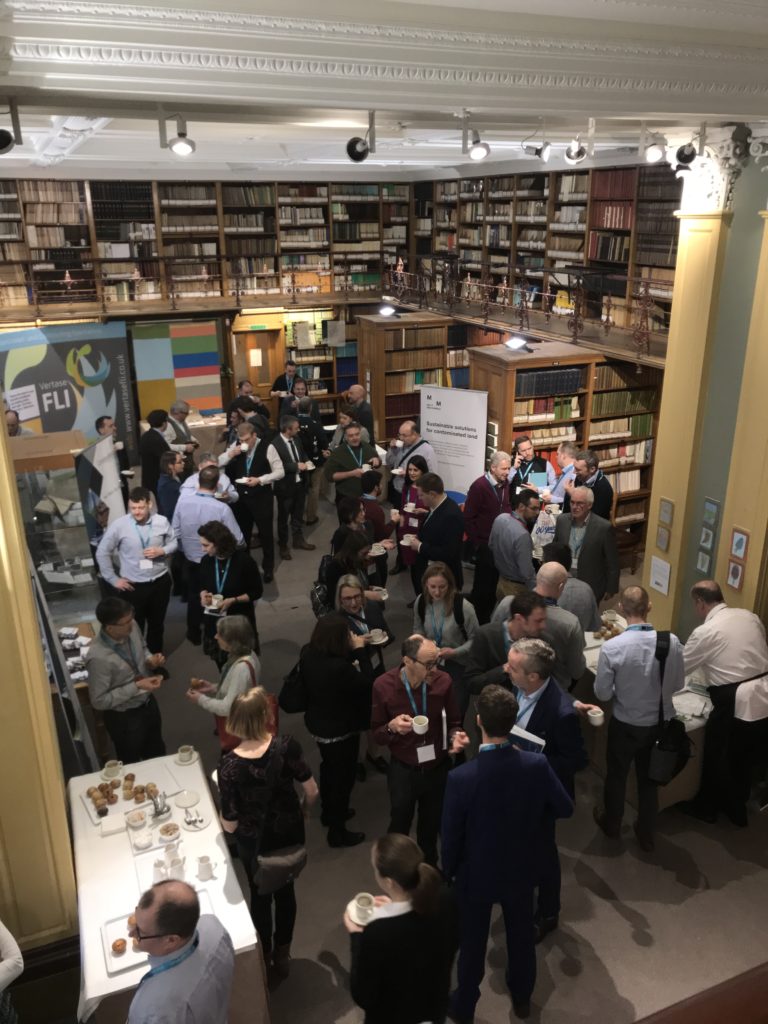
A previous questionnaire was issued to the membership in 2009. As part of the SiLC Marketing Action Plan (2018 to 2021), it was proposed that a revised and updated questionnaire would be issued to the membership and this was done in 2019. Some questions remained the same as in the 2009 questionnaire, but the majority were revised, for example to include questions relating to the NQMS and the role of an SQP. The response to the 2019 questionnaire was 46% of registered SiLCs (90 responses), whereas in 2009 it was 43% (57 responses).
In general, those SiLCs who responded to the 2019 questionnaire consider that achieving SiLC registration had been worthwhile and had been a key factor in their professional development. It can be noted that 81% of respondents stated that SiLC is important to their area of work with comments indicating that generally the regulatory authorities recognise its credibility, it assists commercially with winning work and from one respondent a strong belief that it puts them ahead of those that do not have SiLCs. However, there were a small number of comments which referred to SiLC as not very active, feeling stagnant and in need of increased visibility in the industry to demonstrate why it is needed and why people should want to attain it. One response was even stronger saying it costs a lot of money and is of limited value. On the other hand it can be seen as encouraging in response to one of the other questions that there has been some requirement for SiLCs in pre-qualifications or specific project work from all groups across the industry, particularly Regulatory Authorities where 47 respondents out of the total of 90 indicated a requirement, but perhaps disappointing that only 28 respondents indicated a requirement from Environmental Consultants.
The responses to the question regarding how well-known is SiLC, indicate that a strong marketing effort is needed in order to increase the awareness of all groups other than Environmental Consultants and Regulatory Authorities and, even for these, some marketing effort would be beneficial. Suggestions of where marketing is needed were Scotland, legal advisers, insurers, private developers, large landowners, NHBC and non-contaminated land professionals.
It is perhaps a little surprising that 19% of respondents said that they do not have a professional development programme. For those that do, some indicated that SiLC forms a part of that programme. Although 46% of respondents said that they do not use the National Brownfield Skills Framework (NBSF), an encouraging proportion of respondents appear to be using it, particularly for their appraisal systems. One respondent suggested that in parts the NBSF is overly complex, but did not say which parts.
According to the responses, the SiLC website does not appear to be very well used with some members using it only every so often for specific things such as the Annual Forum or not at all. There seems to be doubt as to whether the Members Area has any useful purpose and there appears to be a general feeling that the whole website needs revitalising.
Positively, 61% of respondents consider that the National Quality Mark Scheme (NQMS) will achieve a raising of standards (which was the main purpose of the scheme – by getting things right first time), with 22% saying it will not. For some it is because of the limited take-up but others consider that until it is mandatory it will not reach its full potential. One respondent is not convinced that it will lead to faster planning applications as in their experience contaminated land issues are not generally the cause of planning delays. Another respondent said that there need to be positive case studies as to how the process has speeded up planning.
A disturbing comment came from one respondent who indicated that they had been specifically asked by clients not to include an SQP Declaration because they were concerned the site would be audited and this would cause delay. In reality, there is no intention to audit sites. Audits will cover only the basis on which the SQP has signed the Declaration and whether the NQMS process has been properly followed. There would be no interaction with or hold up of the site or the planning process and this respondent should inform their clients accordingly.
Although 25% of the responses indicated that they had received a requirement from Regulatory Authorities for an SQP Declaration in prequalification or specific project work, the overall number of requirements could have come from a much smaller number of authorities. Local Authorities have a right to check reports and they need to build up their own confidence in the scheme, but by ‘getting it right first time’ in the preparation of the reports and the Local Authorities ‘signposting’ to the scheme in their guidance there is a move towards ensuring that competent people prepare reports which in turn will help raise standards. It is also encouraging to note from the responses that some requirements are also coming from landowners, corporate organisations and the legal profession with uptake continuing to grow.
The SiLC PTP are resolved to improve the website in terms of its usefulness, including links to other sources of information and organisations. More marketing of SiLC is clearly needed. As inferred above, there is a SiLC Marketing Action Plan (2018 to 2021) in place which is kept under review at each PTP meeting. This now incorporates the feedback from the 2019 Questionnaire. Further marketing of the NQMS is underway by the NQMS Steering Group which includes dialogue with Local Authorities and Government Bodies. Many thanks are extended to those who took time to complete the survey and every effort will be made to bring about the changes suggested.
Article provided by Roger Clark, SiLC Chair of the Board and approved by SiLC PTP.